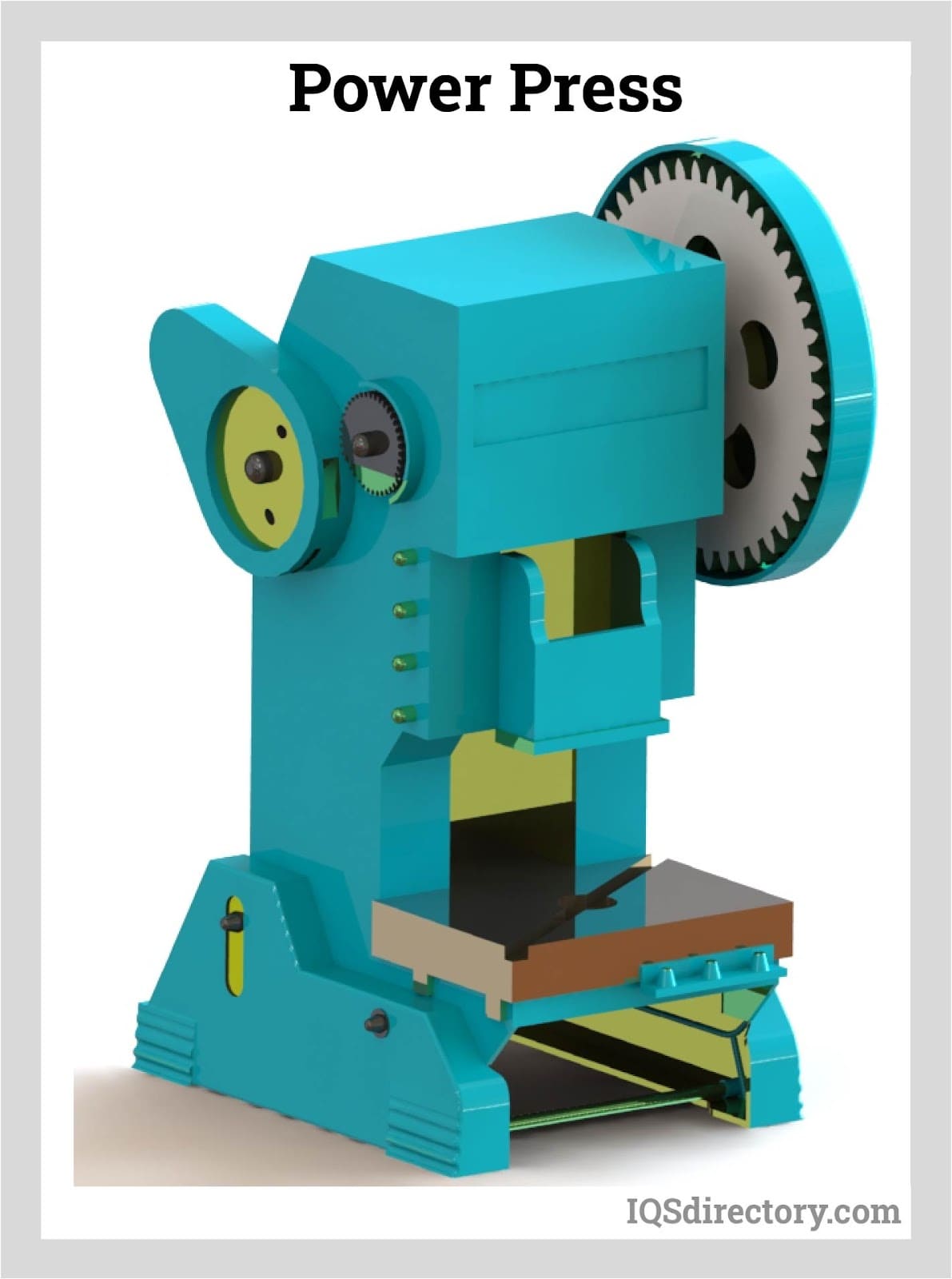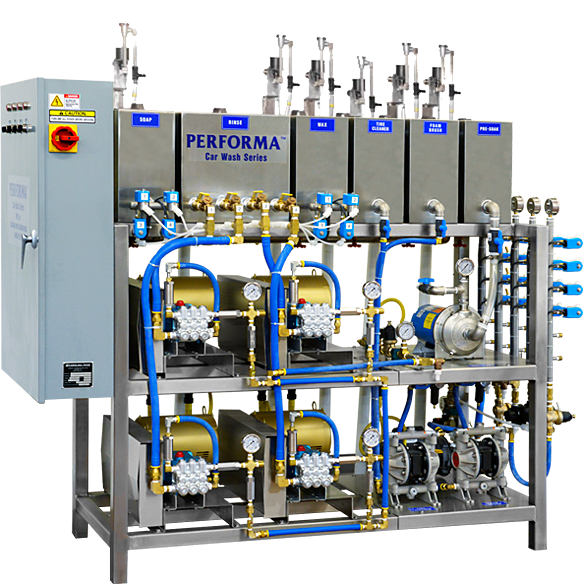Reshaping and forming of metals are essential parts of the production of metal tools and products. Presses are used to produce concentrated force that configures, cuts, and shapes a workpiece through a set of blows or with one blow depending on the hardness of the metal and the desired shape. Read More…
Our hydraulic press designs are one-of-a-kind. We work with our customers to determine the best hydraulic presses for their applications. Here at Savage Engineering & Sales, Inc. we take customer satisfaction very seriously. We are a turnkey supplier that keeps your production goals in mind. Visit our website to learn more about our products today!

Greenerd Press & Machine Company, Inc., located in Nashua, New Hampshire, is a renowned manufacturer of hydraulic press solutions for various industries. With over a century of experience, Greenerd Press has built a reputation for delivering high-quality, reliable, and innovative hydraulic press machines to meet the diverse needs of our customers.
Greenerd Press offers a comprehensive...

Pacific Press Technologies, based in Mount Carmel, Illinois, is a renowned company specializing in the design, manufacturing, and service of hydraulic press systems. With a solid reputation and years of industry expertise, Pacific Press is committed to providing high-quality hydraulic presses and comprehensive service capabilities to meet the diverse needs of our customers.
Pacific...

More Mechanical Press Manufacturers
Mechanical Presses
The shaping of metals by force is an extremely old craft that dates back to the dark ages when blacksmiths would pound and hammer pieces of metal to make swords, farm tools, and cookware. As ancient as the process may be, its use has continued into the 21st Century, and it has taken the form of large pieces of equipment capable of creating tons of force in a small space.
Of the many types of metal shaping methods, the use of mechanical presses, driven by a motor and flywheel, is one of the most common and reliable. Using a die, anvil, and ram, a mechanical press supplies enough force to transform a piece of metal into a useful part.
What is a Mechanical Press?
Though there are many mechanical press designs, each type can be simplified into its components, which are the motor, flywheel, drive transmission, and ram. While hydraulic and pneumatic presses supply force through the use of air and fluids, mechanical presses rely on a mechanical mechanism that builds up kinetic energy then releases it.
The process begins with the motor, which activates the flywheel. As the flywheel turns, it builds up force and kinetic energy that is saved until it reaches a certain level. Once the assigned level is reached, the flywheel releases its energy through one of the various drive types; it is then transferred to the ram that is driven down onto the workpiece.
Once the action of the ram is completed, it retracts, and the motor and flywheel begin the process of creating energy all over again. With each stroke of the press, energy in the flywheel is consumed, requiring it to build up more energy using the motor.
Mechanical Press Drive Transmissions
The types of mechanical presses are differentiated by their drive transmission, which can be flywheel, single gear, double gear, or eccentric geared. The power and force of the flywheel is released through one of these various drive transmission methods.
- Flywheel Drive – Flywheel drives are used for piercing, blanking, bending, and shallow drawing. They have a tonnage of 30 to 600 tons and run at 125 to 1000 strokes per minute with very short stroke lengths of approximately two inches. Flywheel driven presses are designed with dynamic balancing of the upper slide and ram slide weight.
- Single Geared – The single geared type of mechanical press is the most popular type and has a tonnage of 200 to 1600 tons with a two point connection to the slide. The flywheel of a single geared mechanical press can run faster due to the gear ratio. Single geared presses are used for stamping, piercing, and blanking.
- Double Geared – Double geared presses are ideal for heavy duty applications where stroke speeds of 28 or less are appropriate. The gear ratio allows the press to run slower while the flywheel maintains its speed. Depending on the size of the flywheel, double geared presses can supply exceptionally high energy.
- Eccentric Geared – Eccentric geared presses are used when a longer stroke is necessary; this can be over 24 inches. Though an eccentric geared press is similar to a double geared press, it is more accurate because of the clearance arrangement of the gear train and slide guiding gib adjustment.
Mechanical Presses Action Classification
Mechanical presses can be defined by the number of rams or slides they have; they can be single, double, or multiple depending on the design.
A single action mechanical press has a single slide or ram and holds one die at a time. It is used for a single operation in a single stroke.
A double action press has two rams or slides with one slide being inside the other. The outer slide holds the workpiece in place while the inner slide performs the shaping operation.
With multiple action mechanical presses, several metal shaping operations are performed at the same time, such as drawing, forming, shaping, and cutting. One of the rams serves as the clamping ram to hold the workpiece, while the other rams shape the workpiece.










 Automation Equipment
Automation Equipment Car Wash Equipment
Car Wash Equipment Centrifuges
Centrifuges Hydraulic Presses
Hydraulic Presses Lasers
Lasers Machinery Rebuilders
Machinery Rebuilders Paint Finishing Equipment
Paint Finishing Equipment Tube Forming Machines
Tube Forming Machines Castings & Forgings
Castings & Forgings Bulk Material Handling
Bulk Material Handling Electrical & Electronic Components
Electrical & Electronic Components Flow Instrumentation
Flow Instrumentation Hardware
Hardware Material Handling Equipment
Material Handling Equipment Metal Cutting Services
Metal Cutting Services Metal Forming Services
Metal Forming Services Metal Suppliers
Metal Suppliers Motion Control Products
Motion Control Products Plant & Facility Equipment
Plant & Facility Equipment Plant & Facility Supplies
Plant & Facility Supplies Plastic Molding Processes
Plastic Molding Processes Pumps & Valves
Pumps & Valves Recycling Equipment
Recycling Equipment Rubber Products & Services
Rubber Products & Services